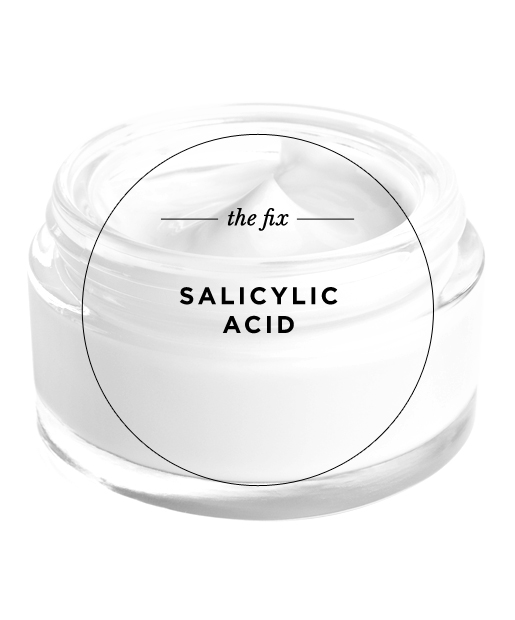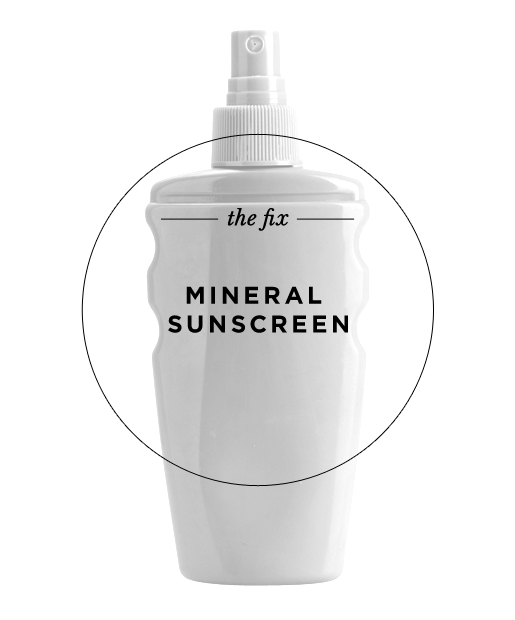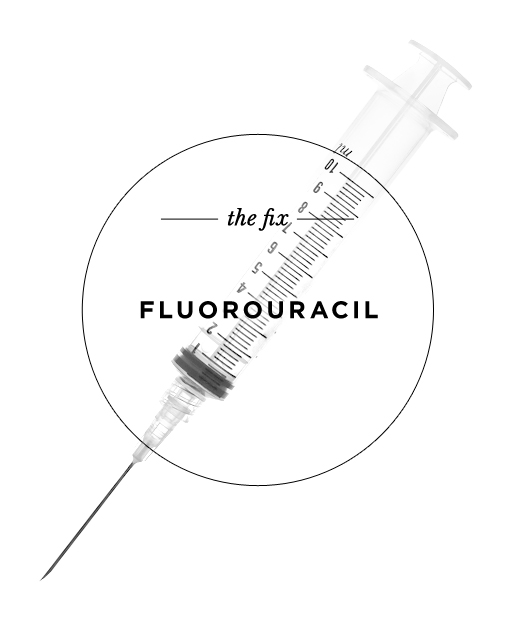Shaving, tweezing and waxing exacerbate the skin and increase the risk of post-inflammatory hyperpigmentation. If you want to prevent ingrown hairs while shaving, pick a razor with multiple blades and use a lotion or toner with salicylic acid after you shave. "Salicylic acid is a beta hydroxy acid that loves going down the hair follicle," Palm says. "It chemically exfoliates the hair so it doesn't get gunked up and clogged and begin to curve back into the skin during regrowth."
If the condition worsens and leads to folliculitis (an infection of the hair follicle), it can lead to a keloid (raised scar). "If you have this severe of a case, laser hair removal is a great option," Palm says. "You just need to ensure that whoever is doing the treatment has the appropriate wavelength to treat dark skin." According to Palm, the gold standard is a Nd:YAG laser with a wavelength of 1064 nanometers, which is longer than the wavelength typically used on Caucasian skin tones. "The longer the wavelength, the better it is for darker skin."
If the condition worsens and leads to folliculitis (an infection of the hair follicle), it can lead to a keloid (raised scar). "If you have this severe of a case, laser hair removal is a great option," Palm says. "You just need to ensure that whoever is doing the treatment has the appropriate wavelength to treat dark skin." According to Palm, the gold standard is a Nd:YAG laser with a wavelength of 1064 nanometers, which is longer than the wavelength typically used on Caucasian skin tones. "The longer the wavelength, the better it is for darker skin."
Hyperpigmentation and hypopigmentation -- an increase or decrease of color in the skin, respectively -- are more common and more noticeable in darker skin tones, which naturally have more of the skin pigment melanin. Because hyperpigmentation is caused by an overproduction of melanin, African American women are also more prone to post-inflammatory hyperpigmentation, which is caused by physical trauma to the skin. This trauma can range from something as commonplace as a mosquito bite or a pimple to chronic skin conditions like eczema. After initial redness subsides, dark brown spots appear.
Palm recommends avoiding any irritation to the skin if possible (no picking or scratching), but her No. 1 rule: Invest in a good sunscreen. "I always recommend patients to purchase a mineral based sunblock that has zinc [oxide] or titanium [dioxide] as the active sun ingredient." Most over-the-counter sunscreens skip mineral blocks in favor of ingredients that convert sunlight into heat energy when it hits the skin. Heat causes inflammation, which triggers hyperpigmentation. Physical mineral blocks, however, reflect sunlight from the skin so it doesn't penetrate the skin's surface.
Next up is establishing a brightening regimen. Palm recommends a series of salicylic acid peels or glycolic acid washes once a month to gradually fade post-acne scars in dark skin. Combination therapy -- topical products that combine lightening agents like hydroquinone and antioxidants like vitamin C -- are also helpful. For more severe cases, Palm suggests exploring in-office treatments. "I ... do a lot of work on ethnic skin with laser treatment in conjunction with topical treatments for age spots and scars," she says. Check with your doctor to ensure they use an Nd:YAG laser with a 1064 nanometer wavelength in the Q switched mode (the same low-energy mode used for laser tattoo removal).
Next up is establishing a brightening regimen. Palm recommends a series of salicylic acid peels or glycolic acid washes once a month to gradually fade post-acne scars in dark skin. Combination therapy -- topical products that combine lightening agents like hydroquinone and antioxidants like vitamin C -- are also helpful. For more severe cases, Palm suggests exploring in-office treatments. "I ... do a lot of work on ethnic skin with laser treatment in conjunction with topical treatments for age spots and scars," she says. Check with your doctor to ensure they use an Nd:YAG laser with a 1064 nanometer wavelength in the Q switched mode (the same low-energy mode used for laser tattoo removal).
"Keloids are abnormal scars in the wound-healing process that cause scar tissue to expand beyond the wound's edges," says Palm. You can easily spot keloids because they are raised and, unlike regular scars, tend to enlarge over time instead of gradually fading. Studies show that keloids are much more common in African American patients, but experts don't know why. "All we know for now is that it's a genetic predisposition and that it causes collagen to be laid down abnormally," Palm explains. Keloids typically form after surgery or injury, but even slight inflammation due to a pimple, a recent piercing or a burn can trigger keloids.
Because experts know this issue is genetic, Palm says that the best preventative method is to look at your family tree. "If you know you're at risk and you have relatives that suffer from keloid scars, avoid ear piercings or any type of disturbance to the chest -- the No. 1 area they can develop after earlobes," she says. If you feel any itchiness or noticed raised skin after any sort trauma, get to a dermatologist right away. "There are no truly effective over-the-counter treatments," Palm says, "but with early detection, your dermatologist will be able to start injection treatments with steroids to help stop the spread of scars."
When discussing treatment options with your derm, look into 5-fluorouracil, which is often used in colon cancer and skin cancer treatment. When combined with injectable steroid treatment, this option not only flattens out raised scars, it also reduces negative side effects in scar revision such as atrophy, or an over-thinning of the skin's tissues. If a scar worsens, radiation and laser treatment are options, "or they can be surgically removed" says Palm. However, keloids should be monitored after treatment, as they sometimes recur.
When discussing treatment options with your derm, look into 5-fluorouracil, which is often used in colon cancer and skin cancer treatment. When combined with injectable steroid treatment, this option not only flattens out raised scars, it also reduces negative side effects in scar revision such as atrophy, or an over-thinning of the skin's tissues. If a scar worsens, radiation and laser treatment are options, "or they can be surgically removed" says Palm. However, keloids should be monitored after treatment, as they sometimes recur.









